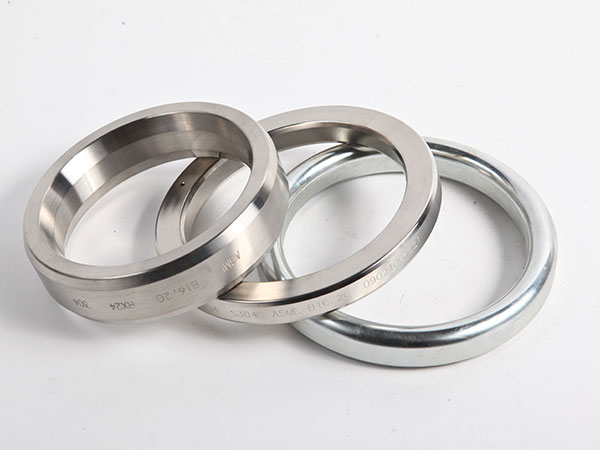Key metal properties include strength, ductility, corrosion resistance, thermal expansion, and creep resistance. These properties affect gasket performance, durability, and reliability. Tensile strength resists high pressure. Yield strength prevents stress-induced failure. Ductility allows deformation and sealing. Corrosion resistance ensures longevity. Minimal thermal expansion reduces stress from temperature changes. The creep resistance keeps seals intact under high heat and pressure for a long time. The making of the gasket involves certain metals. These alloys are strong and reliable. They have many uses in tough environments. In this category, the metals are solid with barely any rust; corrosion is very minimal. They also conduct heat well. By choosing the right metal, engineers can design gaskets. They must respond to various demands. This will ensure reliable seals in different industries.
Tailoring Materials with Alloy Composition
Alloying improves metals by adding elements. Adding carbon, chromium, nickel, and molybdenum makes a stronger, harder, rust-resistant, flexible metal. Other methods involve solid solution strengthening and grain refinement. They change the metal’s structure to improve its qualities. Carbon strengthens and hardens but weakens ductility. Nickel increases toughness and corrosion resistance. Stainless steel, high-strength steel, and superalloys are alloy types. Engineers add alloying elements to metals. This helps them create materials for specific needs. These materials can perform well in extreme conditions.

Impact of Grain Size on Metal Strength
Smaller grains make metals stronger, tougher, more ductile, and fatigue-resistant. Smaller grains hinder dislocation movement and resist crack propagation. Metallurgists control grain size through thermal-mechanical processing, alloying, and rapid solidification. Fine-grained metals like extra-high-strength steel, aluminum alloys, and titanium alloys are used in planes, cars, and buildings. Engineers manipulate grain size for specific performances.
Heat Treatment for Material Enhancement
Heat treatment is a type of metal treatment. It consists of heating and cooling the metals. This process changes the metal’s properties. We can control heating and cooling rates. This helps us achieve specific microstructures. This will meet the desired performance characteristics.
Typical processes are:
- Annealing. It relieves internal stress. This gives toughness and improves ductility.
- Normalizing. It refines the grain structure. This improves strength and toughness.
- Hardening. It rapidly cools the metal. This forms a different microstructure, increasing hardness and strength.
- Tempering. It reduces brittleness while retaining strength. It reheats the hardened metal to below the hardening temperature.
Heat treatment changes the properties of ring gasket materials. Material becomes stronger, tougher, harder, and more corrosion- and heat-resistant. Heat treatment has improved the sealing capability of gaskets. This is quite helpful, especially under extreme conditions. With proper heat treatment, various industries produce products to meet strict application demands.
